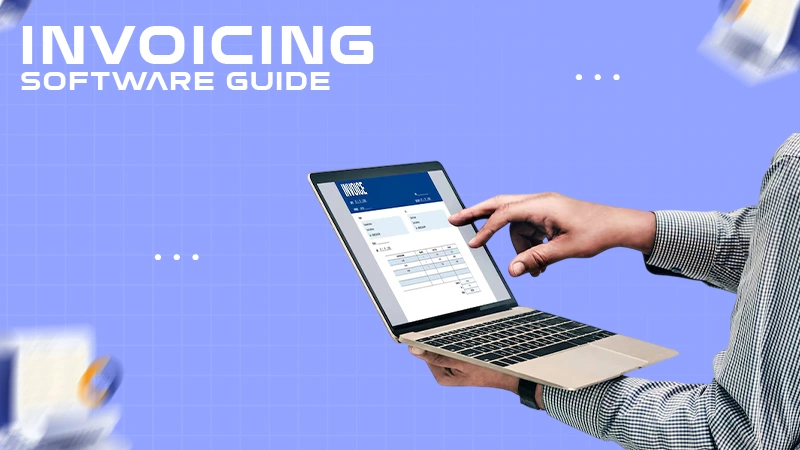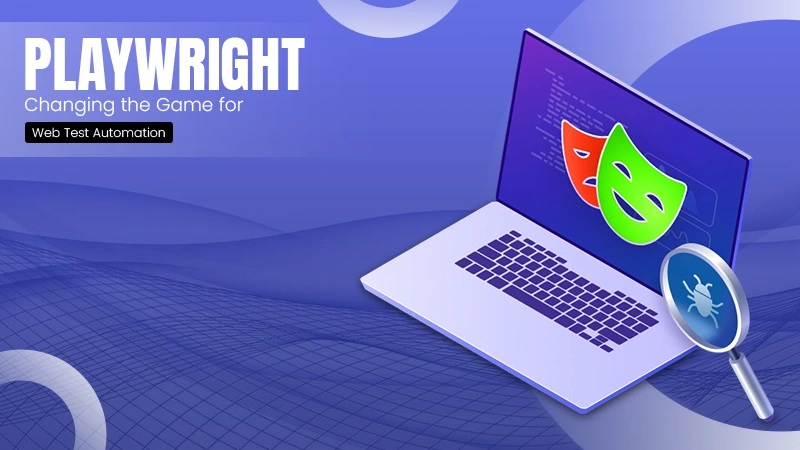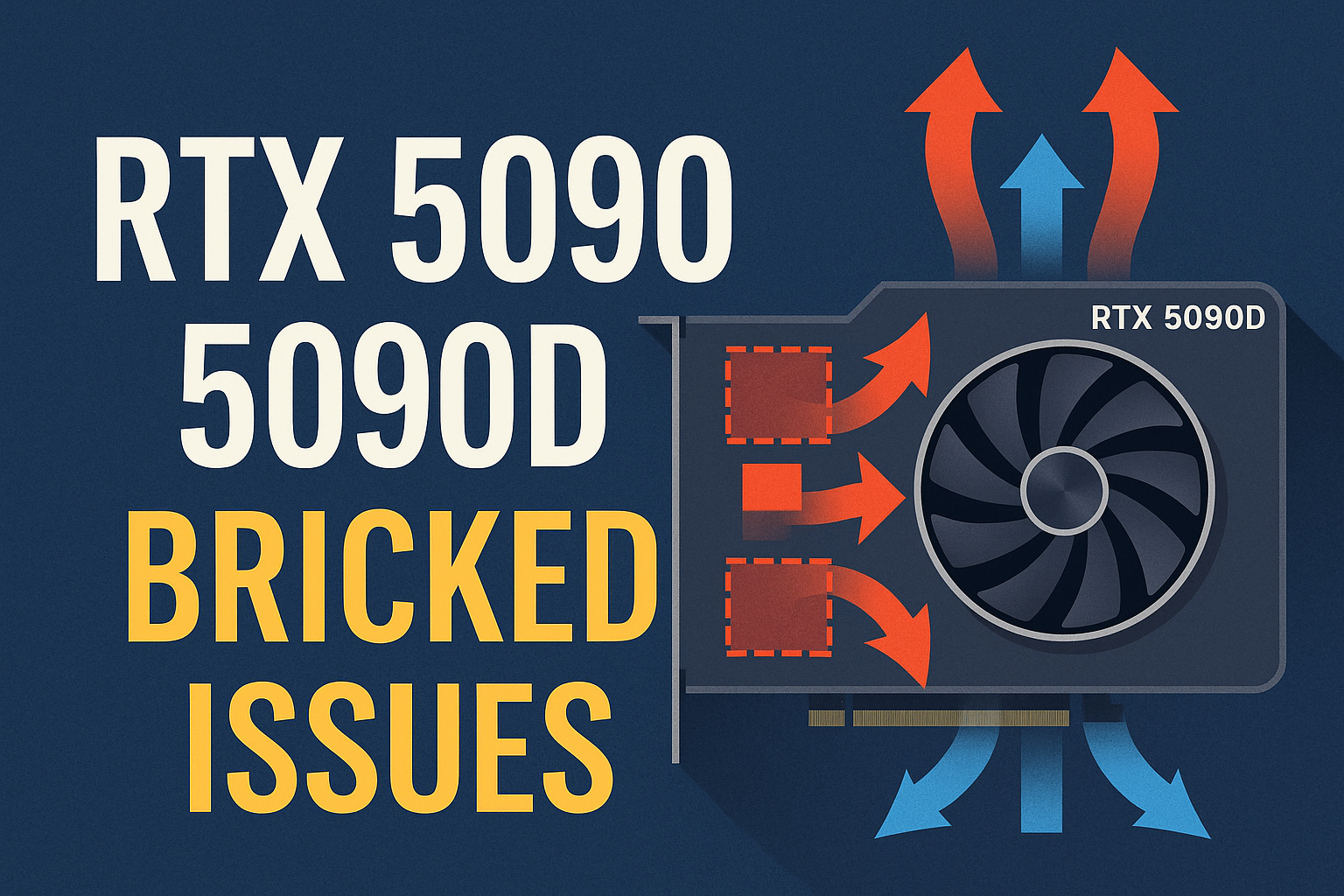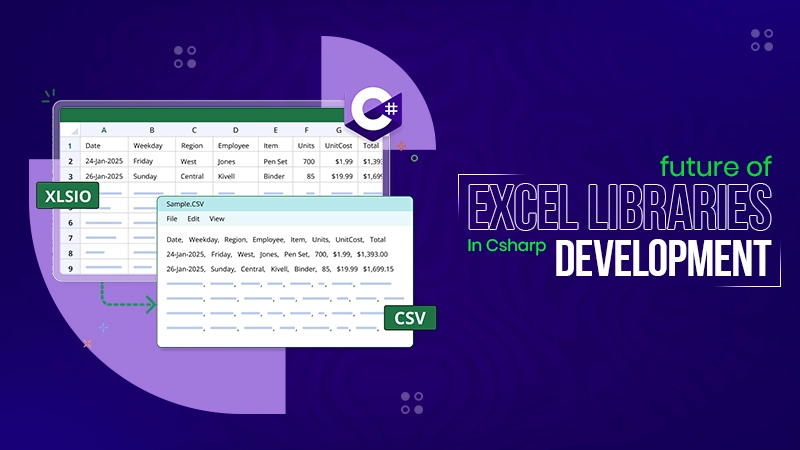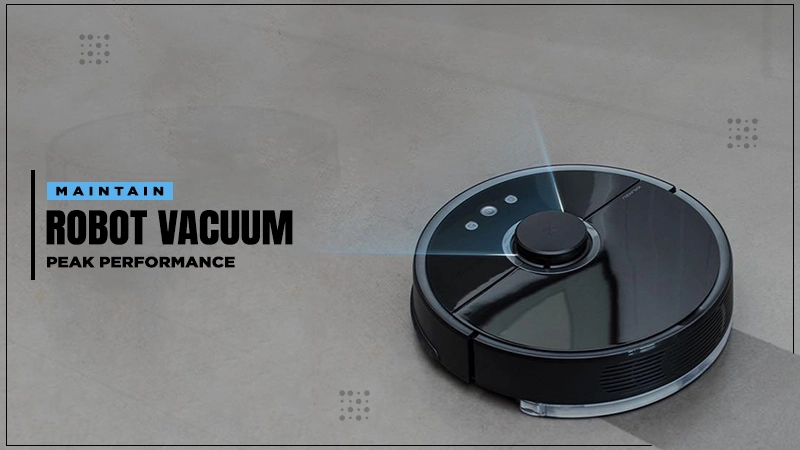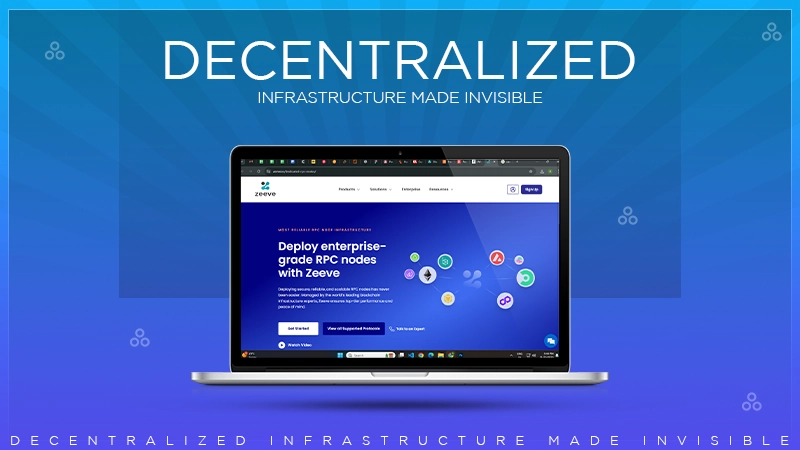With the growing complexity of business, relying on usual decision methods is often insufficient. Intuition and historical data are not adequate to keep pace with the evolving needs of customers and the challenges of daily operations. This is where Decision Intelligence (DI) comes into play, merging water with data, technology, and human insights to enhance decision-making.
When your organization aims to succeed in the era of intelligent decision-making, the next logical step is to establish a robust decision-intelligence framework. Let’s see how you can begin.
What is a Decision Intelligence Framework?
A Decision Intelligence framework is a structured model that integrates data systems, AI/ML tools, analytics processes, and organizational workflows to improve how decisions are made. Unlike isolated dashboards or manual reports, a DI framework supports end-to-end decision-making by connecting the right data to the right people at the right time.
It’s not just about having more data. It’s about turning data into action—intelligently.
Why Your Business Needs a DI Framework
Let’s examine the reasoning behind agile development first before exploring the process. A well-built Decision Intelligence framework supports businesses:
- Decide faster by using accurate data.
- Minimize problems caused by expensive mistakes and unnecessary work.
- Guess future events more precisely.
- Enhance system performance for quicker and more productive work.
- Foster a proactive, insights-driven culture.
In short, it creates a decision ecosystem where humans and machines collaborate for better outcomes.
Step-by-Step Guide to Building a Decision Intelligence Framework
It’s not easy to implement a DI framework.? The right approach can bring about a transformation in the way your organization operates. Here is a step-by-step breakdown:
1. Assess Your Current Decision-Making Landscape
Kick things off with a quick diagnostic of how choices are made today:
- Are they centralized or decentralized?
- What are the available data and tools?
- When do bottlenecks and inconsistencies arise?
This will help you map the gaps between data, insights, and decisions—and highlight where DI can add value.
2. Unify and Structure Your Data
Data silos are the enemy of intelligent decisions. Integrate your data across departments—sales, marketing, finance, and operations—to build a single source of truth. Clean, structured, and real-time data is foundational for Decision Intelligence.
Use cloud-based data lakes or warehouses to centralize access and improve collaboration.
3. Choose the Appropriate Platform for Decision Intelligence
It matters which platform you choose. Seek out a solution that combines automation features, user-friendly dashboards, and AI, machine learning, and predictive analytics.
A modern DI platform, Aera Technology offers:
- Forecasting and scenario modeling
- Contextual analysis and suggestions
- Integration with current workflows and tools

4. Map Key Decisions and Workflows
Certain decisions do not require the use of sophisticated algorithms. Initiate the process by recognizing high-impact choices that can be made with a structured, intelligent approach, such as pricing techniques, supply chain planning, or customer engagement models.
Then, outline the data sources, stakeholders, tools, and timeline for making decisions, and this will help in assisting in synchronizing your DI strategy with actual business objectives
5. Human and Machine Collaboration
Decision Intelligence is not about replacing people—it’s about augmenting their capabilities. Create workflows that allow AI-generated recommendations to be reviewed, interpreted, and acted on by humans.
Embed feedback loops so the system can learn from human choices and improve over time.
6. Build a Data-Driven Culture
Technology alone isn’t enough. A successful DI framework requires a mindset shift across the organization.
- Promote data literacy training.
- Encourage cross-functional collaboration.
- Make insights accessible, not restricted to analysts.
- Reward data-informed decision-making.
When everyone is aligned around data, decisions become faster and more consistent.
7. Pilot, Measure, and Scale
Start with a focused pilot project. Monitor key metrics—like decision speed, cost savings, or forecast accuracy, and collect user feedback.
Once you demonstrate value, scale your framework across more teams and decision types. Continuous improvement is key, adjust your models and processes as your business evolves.
Common Pitfalls to Avoid
As you build your Decision Intelligence framework, watch out for:
- Overcomplicating the system: Simplicity drives adoption.
- Neglecting change management: People need to be brought along on the journey.
- Ignoring data quality: Poor inputs = poor outputs.
- Skipping post-decision analysis: Learn from every outcome to refine future choices.
The Future is Intelligence
In the modern world, those who work quickly and intelligently have the greatest edge in business. A strong Decision Intelligence framework helps your organization respond instantly, eliminates guesswork, and enables decisions with confidence.
Since the world moves swiftly with exacting standards, businesses need to adopt up-to-date techniques. The necessary technology and tools already exist. Make use of the edge that you have.
Final Thoughts
A decision intelligence framework reflects saber thinking in addition to being a technical endeavor. Your company can make decisions more quickly by integrating people, platforms, and procedures into a single system.
Discover Aera Technology and focus on Decision Intelligence to begin constructing your decision advantage today.


